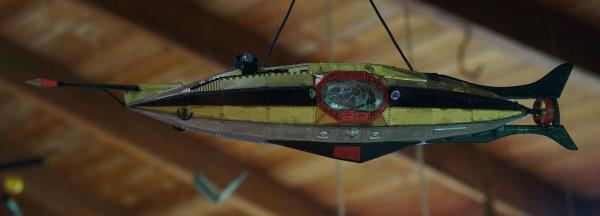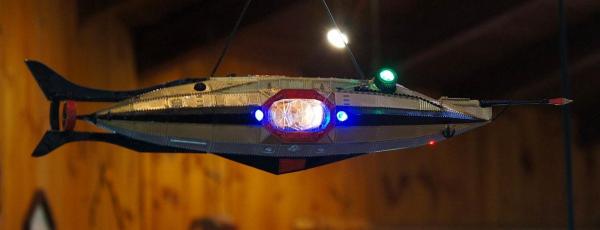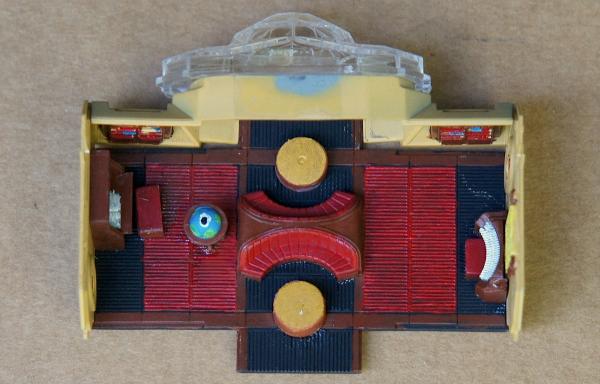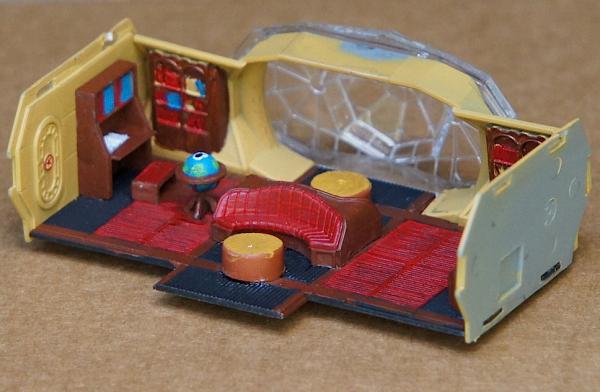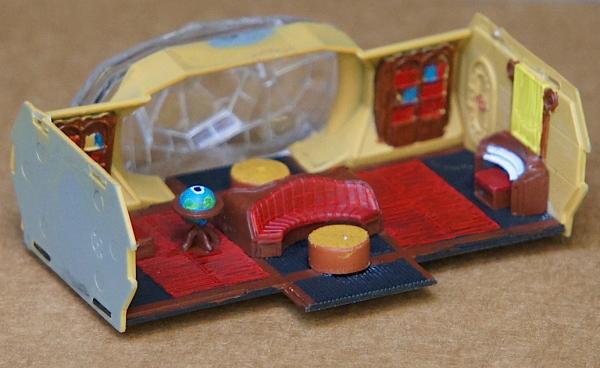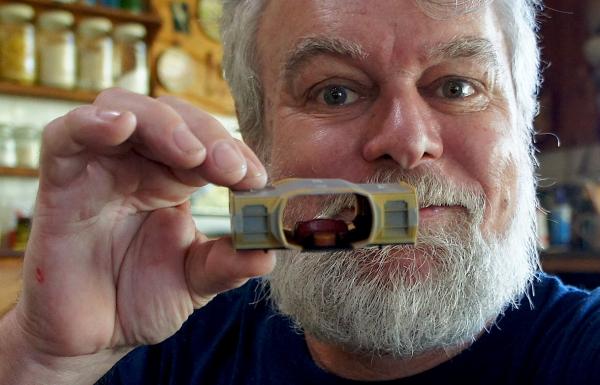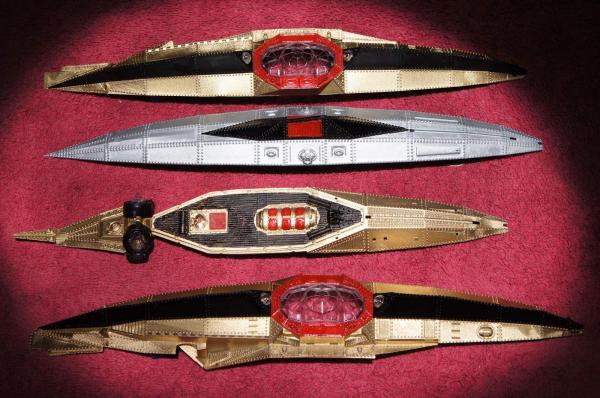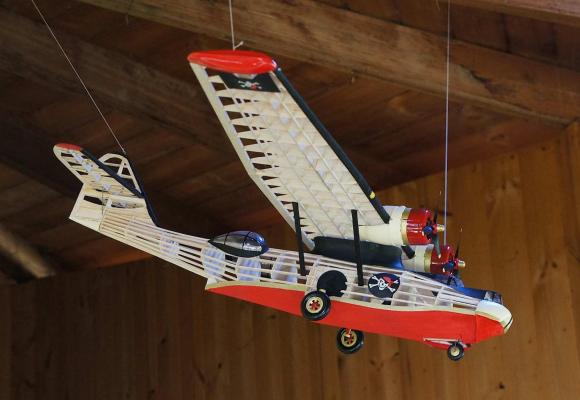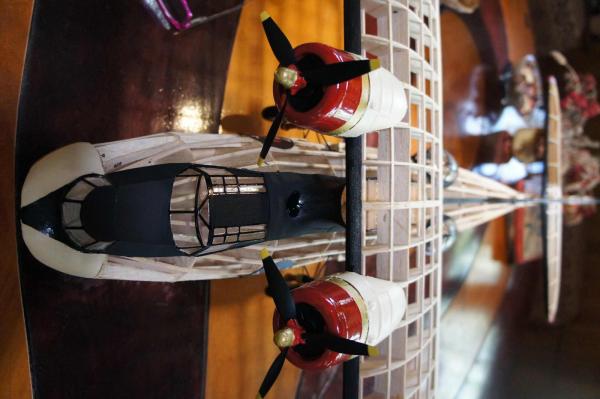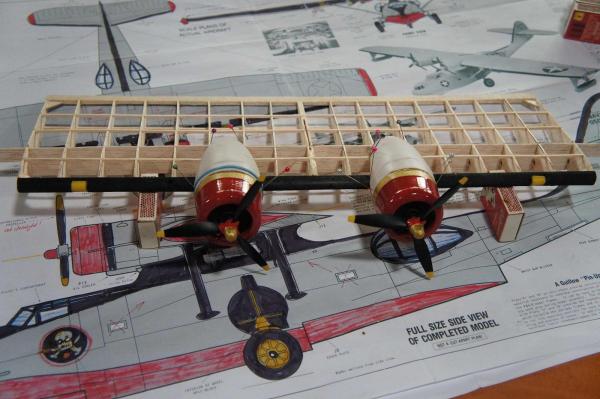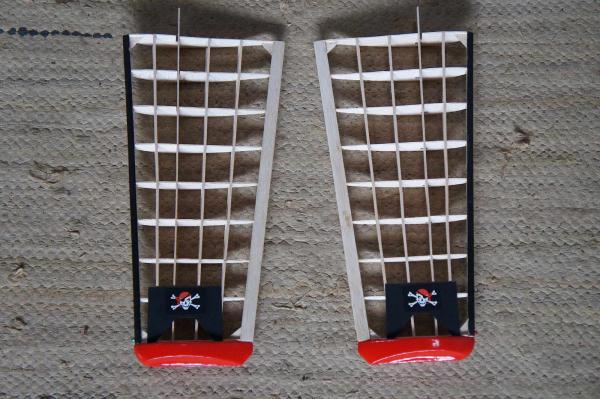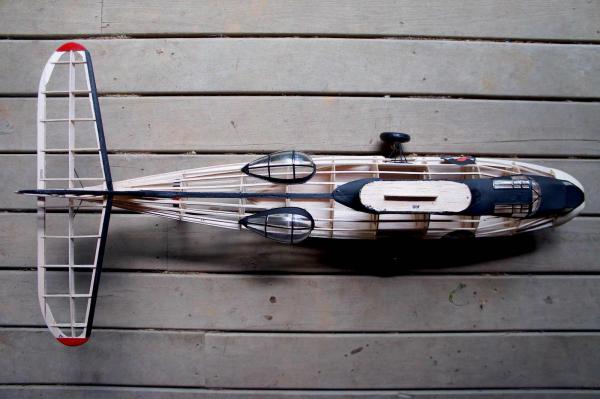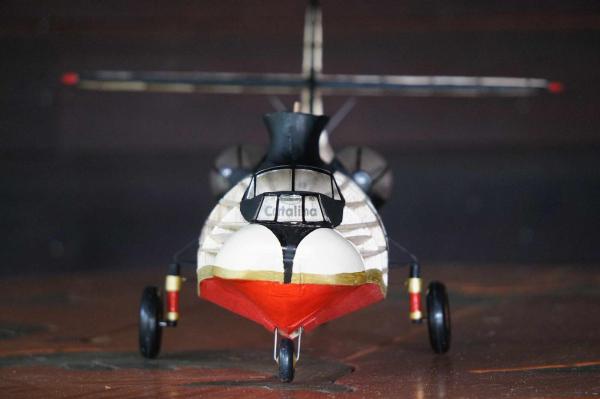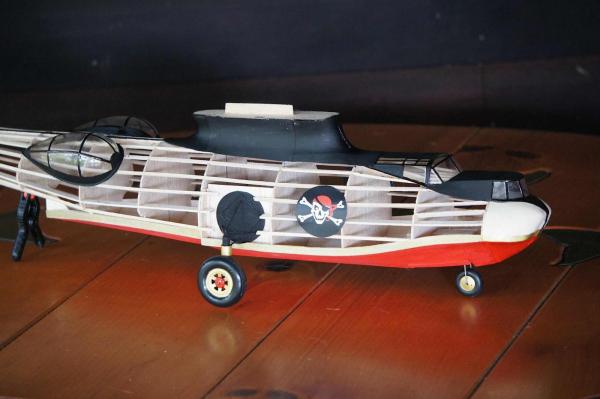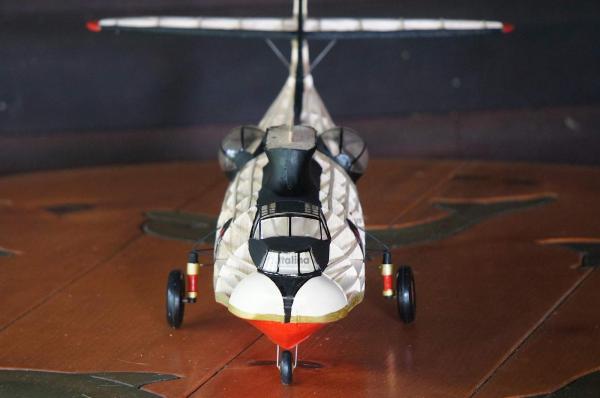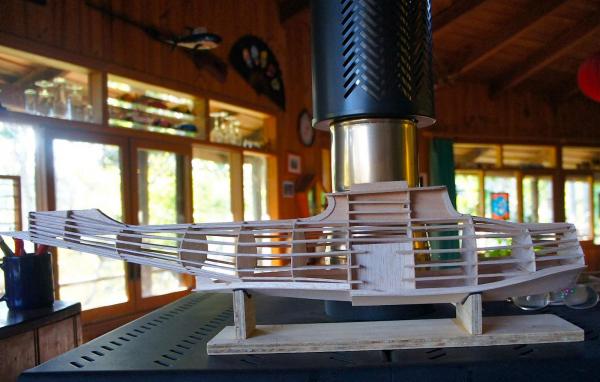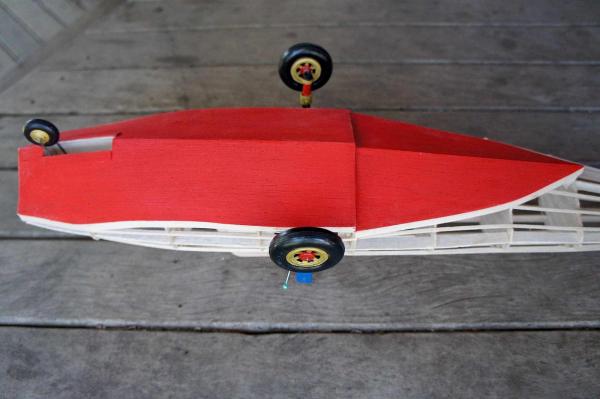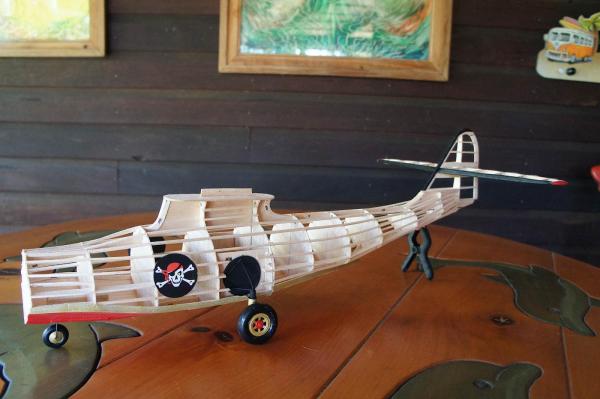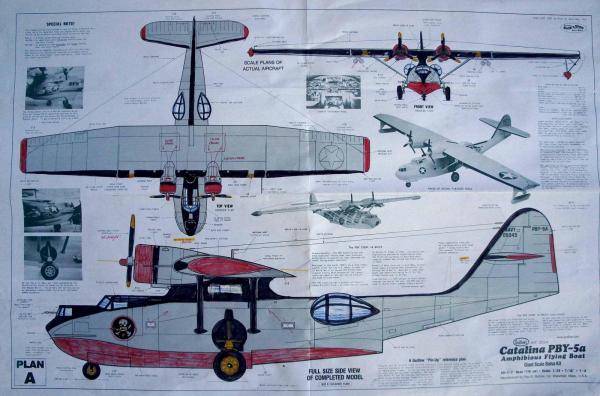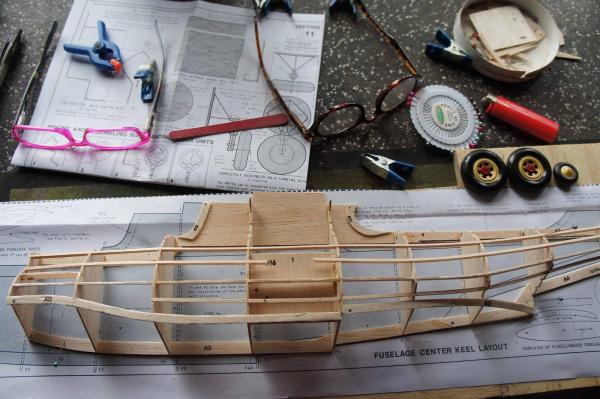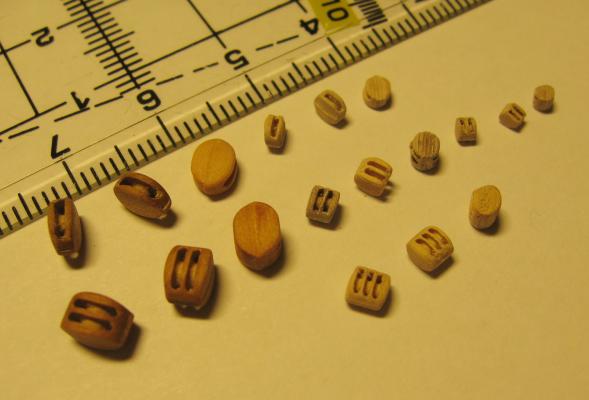-
Posts
38 -
Joined
-
Last visited
About ameletters
- Birthday 03/14/1955
Profile Information
-
Gender
Male
-
Location
Nimbin Australia
-
Interests
Tintin, Unicorn, Tall Ships,
Recent Profile Visitors
-
 GrandpaPhil reacted to a post in a topic:
Unicorn by ameletters - Corel
GrandpaPhil reacted to a post in a topic:
Unicorn by ameletters - Corel
-
 GrandpaPhil reacted to a post in a topic:
Unicorn by ameletters - Corel
GrandpaPhil reacted to a post in a topic:
Unicorn by ameletters - Corel
-
 GrandpaPhil reacted to a post in a topic:
Unicorn by ameletters - Corel
GrandpaPhil reacted to a post in a topic:
Unicorn by ameletters - Corel
-
 GrandpaPhil reacted to a post in a topic:
Unicorn by ameletters - Corel
GrandpaPhil reacted to a post in a topic:
Unicorn by ameletters - Corel
-
 GrandpaPhil reacted to a post in a topic:
Unicorn by ameletters - Corel
GrandpaPhil reacted to a post in a topic:
Unicorn by ameletters - Corel
-
 GrandpaPhil reacted to a post in a topic:
Unicorn by ameletters - Corel
GrandpaPhil reacted to a post in a topic:
Unicorn by ameletters - Corel
-
 GrandpaPhil reacted to a post in a topic:
Unicorn by ameletters - Corel
GrandpaPhil reacted to a post in a topic:
Unicorn by ameletters - Corel
-
 GrandpaPhil reacted to a post in a topic:
Unicorn by ameletters - Corel
GrandpaPhil reacted to a post in a topic:
Unicorn by ameletters - Corel
-
 GrandpaPhil reacted to a post in a topic:
Unicorn by ameletters - Corel
GrandpaPhil reacted to a post in a topic:
Unicorn by ameletters - Corel
-
 GrandpaPhil reacted to a post in a topic:
Unicorn by ameletters - Corel
GrandpaPhil reacted to a post in a topic:
Unicorn by ameletters - Corel
-
The Nautilus was invented by the French science fiction writer Jules Verne for his classic adventure novel »Twenty Thousand Leagues Under The Sea« in 1870, but unfortunately he left us no plans or pictures! This inspired artists through the many following decades to speculate on its shape and its purpose. The Walt Disney design focuses on ramming hostile vessels and to cut into their wooden hulls, what would have been a very dangerous tactic - it may get stuck and sink too. The clever Pegasus model is built for harpooning enemy ships with an explosive warhead, what makes a lot more sense. Verne's Captain Nemo's message was quite clear about the brutal life on earth - that freedom could only be found under the cover of the endless seas - that sinking slavery ships and blowing up weapon material transporters was a necessary deed to hopefully create a better world one day! The moral implications for us today are difficult to understand. Live on earth is still violent and destructive - nuclear submarines dominate and pollute our seas, underwater sound emissions distort the senses of whales an dolphins - Greenpeace may be alert but doesn't possess the sting! We miss you dearly, Captain Nemo! We need more heroes like you . . .
-
The artwork Catalina is done - thank you my friends for following the process! Creativity is such a healing force and the fragile balsa wood therapy works extremely well against anger and frustration - it teaches you gentleness and restores your self esteem - and after all the humiliations it makes you proud once again! Peter from Australia
-
The Catalina - a short History Unquestionably, the PBY Catalina was the most successful flying boat ever produced being built in quantities that exceeded all other flying boats combined. Designed in the early 1930's as a long range patrol craft for the U.S.Navy, she went on in World War 2 to become the Allies most popular flying boat because of its range, carrying capacity and the ability to "land" on any body of calm water. The PBY Catalina was a product of the Consolidated Aircraft Corporation, an organisation founded by Ruben H. Fleet in 1923. Her design and engineering evolved under the brilliant guidance of aero-engineer Isaac M. Laddon who joined the Flee group in 1927. Winner of a Navy contract in 1935 Consolidation that eventually resulted in some 3300 flying boats and amphibians being built. From the 1941 attack on Pearl Harbour through to the end of the war the PBY saw service in nearly every combat theatre around the globe - from icy Greenland and Alaska to the steaming tropics of the South Pacific. The "Black Cat" squadrons prowled successfully in their night searches and attacks. Many personnel of downed bombers also owed their lives to at-sea rescues by PBY's. At the end of the war the military service of the PBY's was phased out over several years. However, as a commercial and civilian aircraft they continued to operate into the 1980's. Qantas Empire Airways used the Catalina as a vital link to the United Kingdom with the "Perth Colombo Double Sunrise Service", because you really could witness two sunrises on the long flight to Ceylon! Till today, the Catalina is a proud workhorse in the sky, she serves as a mover of heavy airfreight and as potent water-bombers for fighting forest fires - she can carry four tons of water . . .
About us
Modelshipworld - Advancing Ship Modeling through Research
SSL Secured
Your security is important for us so this Website is SSL-Secured
NRG Mailing Address
Nautical Research Guild
237 South Lincoln Street
Westmont IL, 60559-1917
Model Ship World ® and the MSW logo are Registered Trademarks, and belong to the Nautical Research Guild (United States Patent and Trademark Office: No. 6,929,264 & No. 6,929,274, registered Dec. 20, 2022)
Helpful Links
About the NRG
If you enjoy building ship models that are historically accurate as well as beautiful, then The Nautical Research Guild (NRG) is just right for you.
The Guild is a non-profit educational organization whose mission is to “Advance Ship Modeling Through Research”. We provide support to our members in their efforts to raise the quality of their model ships.
The Nautical Research Guild has published our world-renowned quarterly magazine, The Nautical Research Journal, since 1955. The pages of the Journal are full of articles by accomplished ship modelers who show you how they create those exquisite details on their models, and by maritime historians who show you the correct details to build. The Journal is available in both print and digital editions. Go to the NRG web site (www.thenrg.org) to download a complimentary digital copy of the Journal. The NRG also publishes plan sets, books and compilations of back issues of the Journal and the former Ships in Scale and Model Ship Builder magazines.






